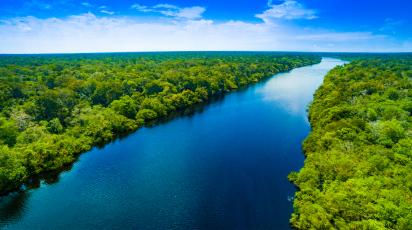Got any travel coming up? Not only do the fuel and petrochemical industries make it possible, they’re also responsible for preserving and maintaining some of the best-known landmarks all over the world. Read on to join us for a ‘round the globe trip to some of the world’s most famous petrochemicals!
Most hard shell suitcases are made from polycarbonate, an extra-durable plastic that can withstand the wear and tear of travel. Not only that, passport pages go through two unique treatments to make the pages both flexible and virtually indestructible.

Big Ben is one of the most recognizable sites in the London skyline. The iconic clockface uses a micro-crystalline wax to prevent corrosion and keep the clock ticking 24/7.

Tokyo is one of the world’s most popular tourist destinations — and it’s easy to see why. The LED bulbs that light up the Tokyo Tower use polycarbonate, made with benzene and propylene, to make the bulbs resistant to water and any other weather-related damage.

The Sydney Opera House — best known for its unmistakable roof — hosts some of the best performing arts groups from all over the world. Due to its proximity to the ocean, its Swedish roof tiles are coated in a treatment featuring propylene and ethylene. The treatment protects the roof from salt in the air and water, preventing long-term damage and expensive repairs.

The United States is home to one of the most famous bridges in the world — the Golden Gate Bridge in San Francisco. Maintaining a bridge of that size and structure is no small feat. Every few years, the bridge is repainted International Orange to keep the color bright in the San Francisco skyline. But did you know the paint is also formulated to protect the steel structure from rust? Xylene and toluene work together to act as a barrier between the steel and humid air.



